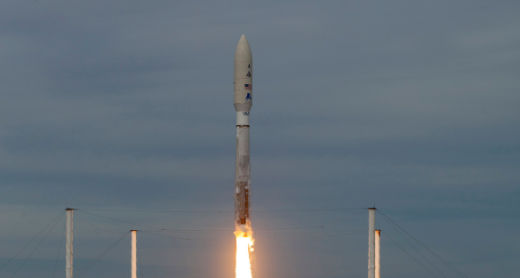An Atlas V rocket lifted off from the Cape Canaveral Space Force Station in Florida at 2pm EST on Friday to launch two surveillance satellites for the US Space Force, which was established by former US President Donald Trump in 2019.
The Atlas V rocket, made and operated by the United Launch Alliance (ULA), took two Geosynchronous Space Situational Awareness Program (GSSAP) satellites into orbit. The rocket will deploy the two satellites at their final destination, a near-geosynchronous orbit about 22,300 miles (36,000 kilometres) above the equator, around six hours and 45 minutes after launch.
Also read | Doomsday Clock set to 100 seconds to midnight for third straight year
The launch of the two GSSAP satellites takes the the total number of GSSAP satellites under the command of the US to six. The other four satellites were launched via two different flights, one in 2014 and 2016, using of the Delta IV Medium rocket that was retired in 2019.
GSSAP satellites “provide neighborhood watch services in the Geosynchronous Earth orbit (GEO), improving flight safety for all spacefaring nations operating in that orbit,” as per the ULA mission briefing statement.
Also read | Man-made sixth mass extinction event cannot be stopped, warn scientists
“Enhanced position knowledge of satellites at that distance improves the ability to warn a spacecraft owner/operator if there is another object anticipated to approach too closely and create a hazardous situation. Data from the GSSAP will uniquely contribute to timely and accurate orbital predictions, enhancing our knowledge of the GEO environment and further enabling spaceflight safety including satellite collision avoidance,” the statement further added.
The launch marked the 75th flight of the Atlas V rocket and marked the ULA’s first launch of 2022. In 2021, the ULA had five launches, three from Cape Canaveral, and two from the Vandenberg Space Force Base in California.







